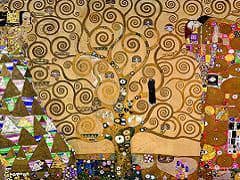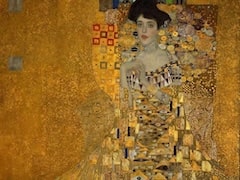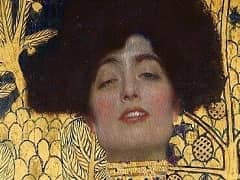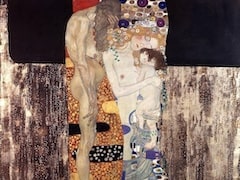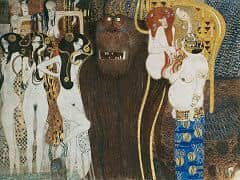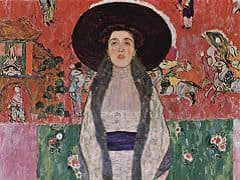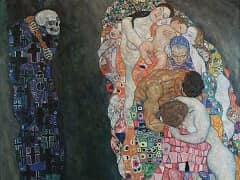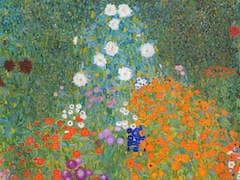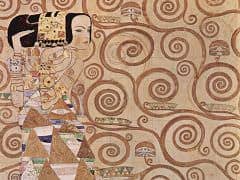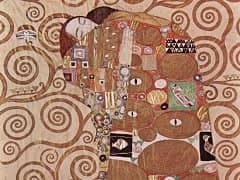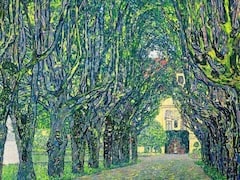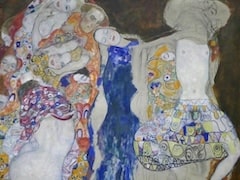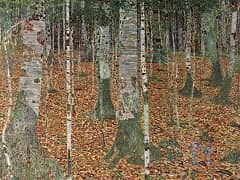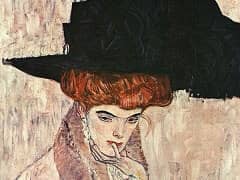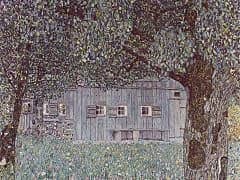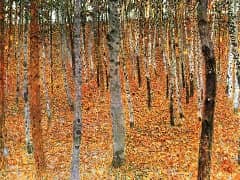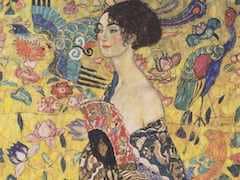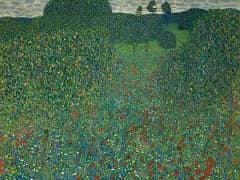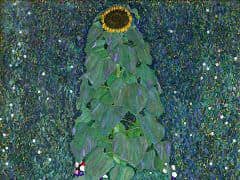Hope I, 1903 by Gustav Klimt
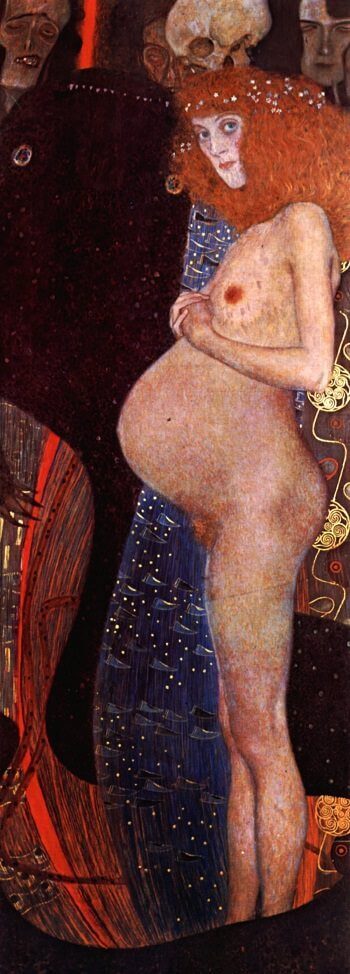
One of Klimt's models, Herma, had, according to the artist, an 'arse' more beautiful than many of his other models' faces. The story goes that he was understandably upset when she failed to turn up one
day and so he sent someone to look for her. Word came back that Herma was pregnant and therefore could not pose for him. Klimt insisted that she model nonetheless, and despite Herma's own misgivings she
eventually agreed, thus enabling the artist to paint Hope I.
Hope I was bought by Waerndorfer, the financier behind the Vienna Workshop who unfortunately went bankrupt in 1914. The painting was kept in a special cabinet designed by Koloman Moser and was only shown
to select friends. When it was proposed that the work be included in the 1901 exhibition in the Secession building, it was rejected by the censors on the grounds of obscenity. Waerndorfer was also proud
to have commissioned Charles Rennie Mackintosh (1868-1928) and his wife, Margaret Macdonald (1865-1933), to design his music room. Klimt, like the rest of the Secession, was undoubtedly impressed by the
harmony of the room's paintings and furnishings. Unfortunately, only a drawing of it by Margaret Macdonald remains; the room's furnishings were dispersed after the sale of the house in 1914 when
Waerndorfer was forced by his exasperated family to go to the United States.
A later version of the same subject, Hope II, clothed and therefore more acceptable, was painted at the same time as The Kiss. The two are closely
related in terms of composition and colouring.


